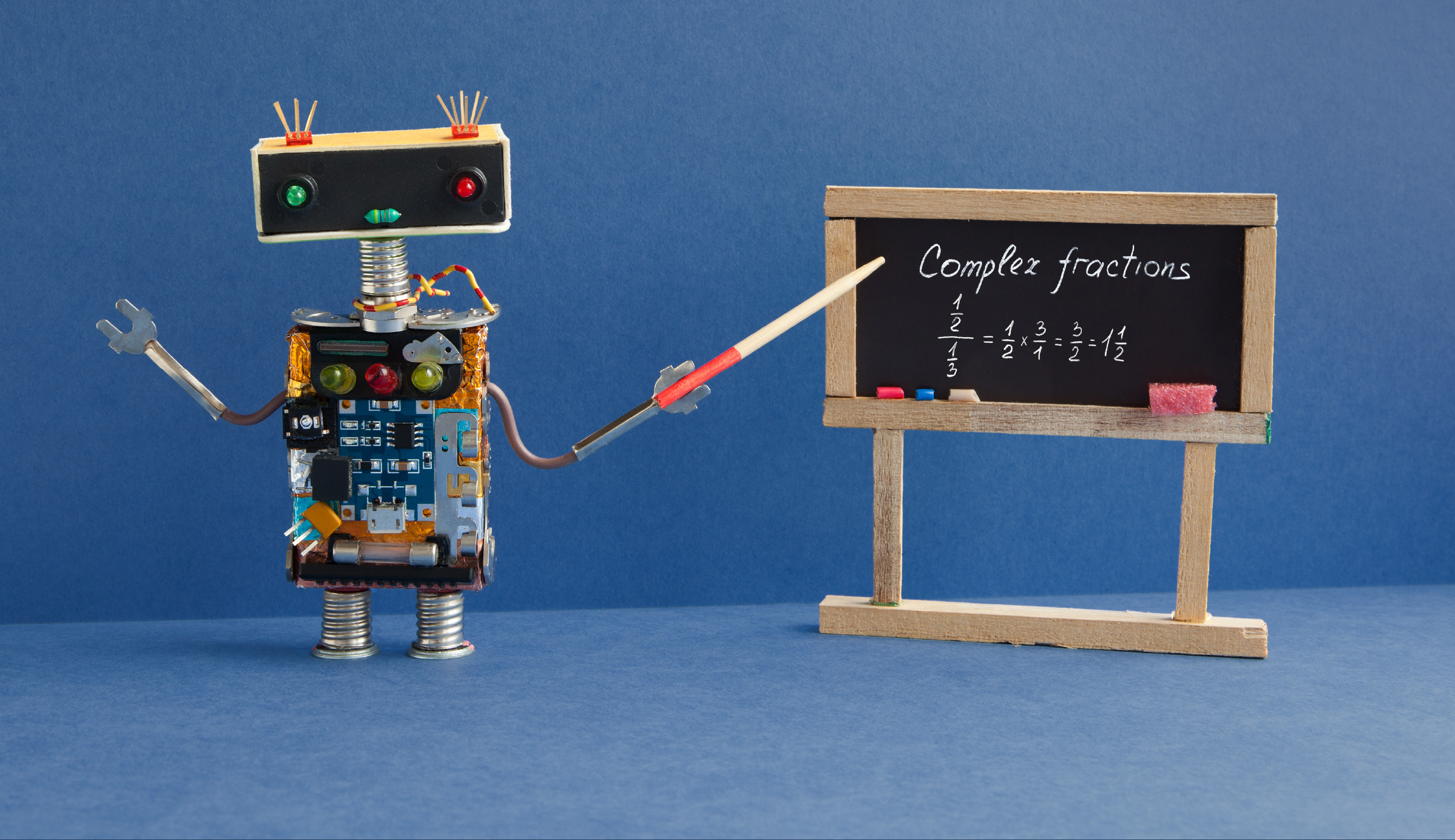Does A.I. Belong in the Classroom?
Carlos Tribino, The Machine

In the last issue of TEQ, I described a fairly dystopian view of A.I. through the lens of science fiction that had hit the nail on the head with their frightening predictions of developments decades before they actually happened. On this issue, I’ll play devil’s advocate with myself in defense of A.I. in education – one of the most controversial applications with many foes in the academic world.
There is a bit of an “if you can’t beat them, join them” argument to consider. Since the launch of ChatGPT late last year, armies of students dashed to the platform as their favorite homework buddy. From elementary school all the way to college, and in every topic including algebra, literature, physics, political science and anything in between and beyond, teachers and professors have been struggling with discerning student-generated homework vs. A.I.-generated homework. So much so that there’s even an app, GPTZero, that claims to do that, though with questionable results. While many schools and academics are fighting back and trying to ban A.I. from use or access, this is largely an exercise in futility.
So academia can fight a losing battle, or they can use it to their advantage. For one thing, when properly used, A.I. tools can certainly be put to good use in productive ways. As adults we’re barely scratching the surface of A.I. applications for business, research, design, music, etc. We have yet a lot to learn on how to use it and how it can make us more productive. Teaching kids how to harness the power of A.I. can be a very powerful thing. We talked about Millennials being the first digital native generation; Gen Z’ers can be the first A.I. native generation. Learning not how to game an arguably outdated academic system, but how to leverage A.I. to learn more and possibly focus on what to learn more about.
Just like the pocket calculator of yesteryear, and the spreadsheets and word processors that followed helped us become far more efficient, perhaps the emphasis should be on teaching students how to use A.I. to submit better homework assignments. As an exercise, I’ve had ChatGPT write a number of articles, like so many of you have. I then spent time analyzing and fact checking the results only to find numerous errors, inconsistencies, repetitive prose patterns, SEO-related issues, generic styling and then some. While the results seemed impressive at first, under a fine tooth comb they didn’t pass muster. But more importantly, I found the experiences to be highly educational.
A.I. can even be used as a tutoring tool. Again, while not perfect, it can help students understand complex concepts, theories or formulas. Until A.I. ups the ante, it can be used in student-teacher interactions, classroom discussions and study groups to evaluate, critique and repair the delivered results.
Incidentally, A.I. can also help teachers “cheat” the system, asking it to develop quizzes or exams, which in itself can help them refresh their knowledge while reviewing the proposed questions.
.png)